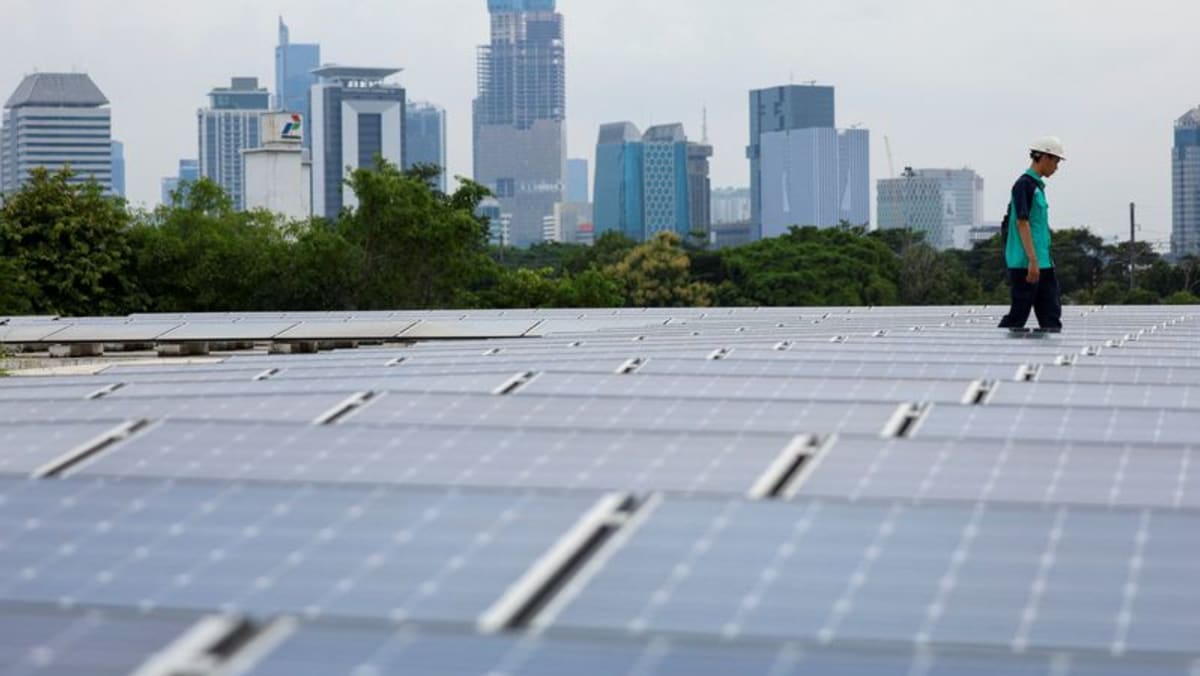Asia
Indonesia plans to boost renewable usage in new electricity supply plan

A New Era for Renewable Energy in Indonesia: Ambitions and Actions
Indonesia is embarking on an ambitious journey to reshape its energy landscape, with a strong focus on renewable energy as the cornerstone of its future electricity supply. The government has unveiled a new electricity supply plan, known as RUPTL, which outlines its vision for the next decade and beyond. This plan seeks to significantly boost the share of renewable energy in the country’s power mix, marking a bold step away from its historical reliance on fossil fuels. By 2034, Indonesia aims to increase its renewable energy share from a mere 12% to an impressive 35%, signaling a paradigm shift in its energy policy.
The new RUPTL plan replaces the previous 2021-2030 plan, which had already set a target of 40.6 gigawatts (GW) of new capacity, with 52% of that coming from renewable sources. However, the updated plan is even more ambitious, targeting an additional 71 GW of capacity, of which 70% will be derived from renewable energy sources. This move underscores Indonesia’s commitment to reducing its carbon footprint and aligning with global climate goals.
At the heart of Indonesia’s renewable energy strategy are solar, hydro, and geothermal power. The country plans to develop 17 GW of solar power capacity, including supporting battery systems, to harness the abundant sunlight across its vast archipelago. Hydro power is another key focus, with 16 GW of capacity planned, leveraging Indonesia’s rich water resources. Geothermal energy, which taps into the country’s unique volcanic geology, is also set to contribute 5 GW of capacity. These sources will be complemented by wind and bioenergy projects, ensuring a diversified renewable energy portfolio.
While renewable energy takes center stage, Indonesia is not entirely abandoning fossil fuels in the short term. The plan includes the development of 5 GW of new coal power capacity until 2034, primarily to complete projects already in the pipeline or those integrated with natural resources processing industries. However, this is a significant reduction compared to previous plans, reflecting a gradual phase-down of coal. Additionally, 15 GW of gas power capacity is planned, particularly to support base load capacity for Java, ensuring energy security during the transition.
The government’s approach to coal is cautious and pragmatic. While no new coal power plants will be developed, exceptions are made for projects already under construction or those linked to industries with emission reduction plans. This balanced strategy acknowledges the challenges of transitioning away from coal while striving to meet climate goals.
In conclusion, Indonesia’s new electricity supply plan is a testament to its commitment to a sustainable energy future. By prioritizing renewable energy, diversifying its power sources, and gradually reducing its reliance on coal, the country is paving the way for a cleaner and greener tomorrow. This transition not only aligns with global climate objectives but also positions Indonesia as a regional leader in the fight against climate change.











